The owners of this striking new build chose to invest in a Performance Plus heat pump for their new pool. The heat pump pool heater gently warms the water and keeps it at 28°C. The new pool users are able to extend the time they can comfortably use the pool from October through to April.
A veteran pool builder of 23 years, Laurie Tanner’s company Tranquility Pools, designed and built this pool at Te Atatu. They chose a rustic concrete look using wooden boxing and matched the pool water colour with the sea in the background to make this pool unique.
Laurie chose a Performance Plus 7GP23-1 from Hot Water Heat Pumps Ltd to heat the pool because of the reliability and service he has experienced from the company. He says, “The first heat pump water heater we ever installed on a pool was a lemon and gave nothing but trouble.” Laurie discovered Hot Water Heat Pumps Ltd after talking to other people in the pool industry. “We installed a new heat pump from Hot Water Heat Pumps Ltd and it worked perfectly.” Tranquility Pools have been using heat pumps from Hot Water Heat Pumps Ltd for over 20 years now.
Approximately half of the pools Tranquility Pools have built have heat pumps installed. Laurie slightly oversizes the heat pump required for a pool to provide faster but cost-effective heat to recover the temperature. In his estimation, important considerations for owners when investigating heating their pool are: effective running costs, equipment longevity, reliability and being able to heat the pool easily in the shoulder months. Solar and gas were also possible heating solutions, but would not have been as user-friendly or effective in this case. Laurie reveals that the difference this makes to owners at the end of the day is that their ongoing costs are manageable with no surprises.
Using a cover on the pool when it is not in use has a substantial impact on pool heating requirements because a significant amount of heat is lost from the surface area of the pool through evaporation. The insulating effect of a pool cover dramatically reduces the amount of heat lost from a pool, and therefore reduces the amount of heating required to maintain a set pool temperature. The owners of this pool chose not to cover the pool so a considerably larger heat pump was needed to accommodate the additional heat loss.
Heat pump placement is also an important consideration. Heat pumps require good water flow and air flow. The compressor and fan can both produce some noise. To ensure there was no noise travelling to a neighbour’s house, the unit was placed below the pool on the seaward side. This is where it was least visual, but close to both pool and filtration, and also where the fan noise travels away from entertainment areas. Laurie comments that they always install Performance Plus heat pumps to the specified clearances so they can perform at their best, and there are no issues servicing the heat pumps at a later date.
The owners are happy with the result, and have been able to enjoy their pool last summer for the extended season with low heating costs.











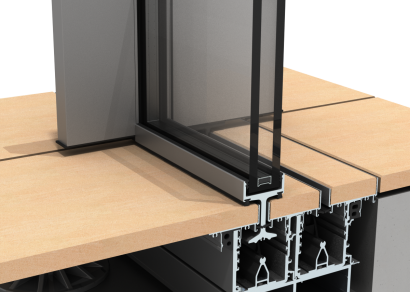

 Product News
Product News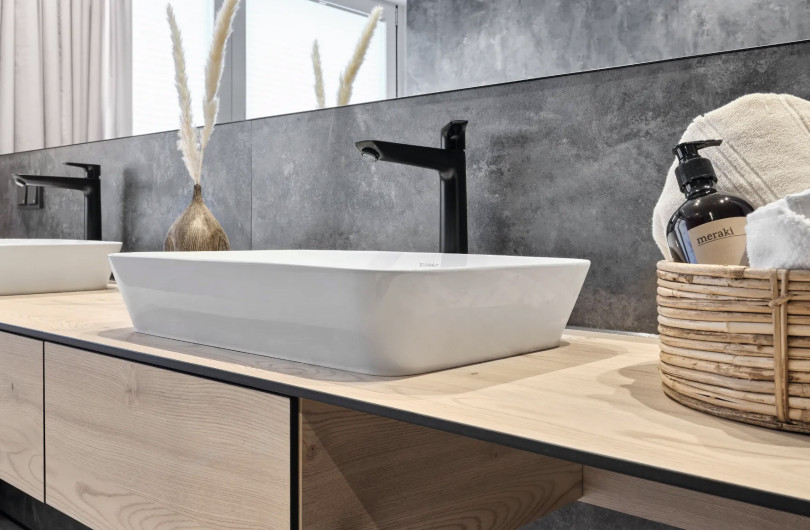
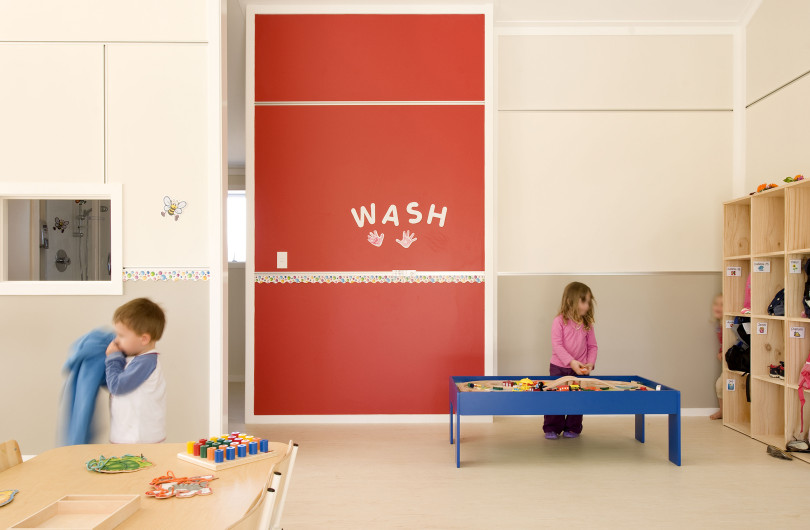




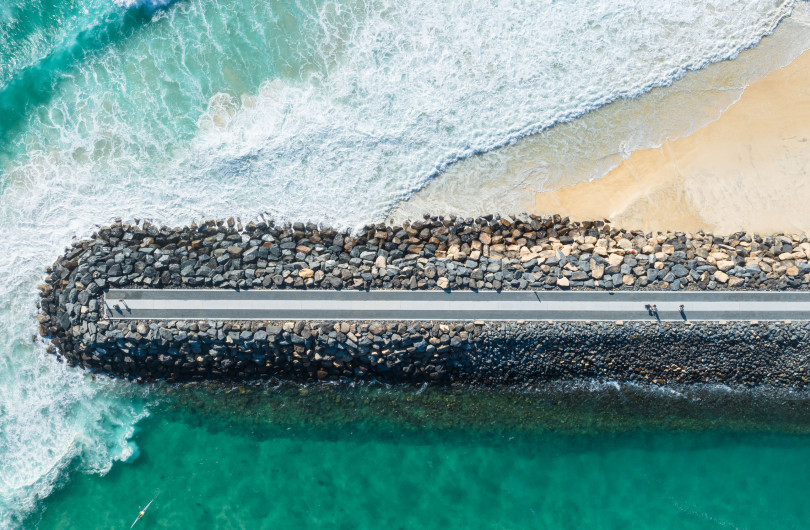



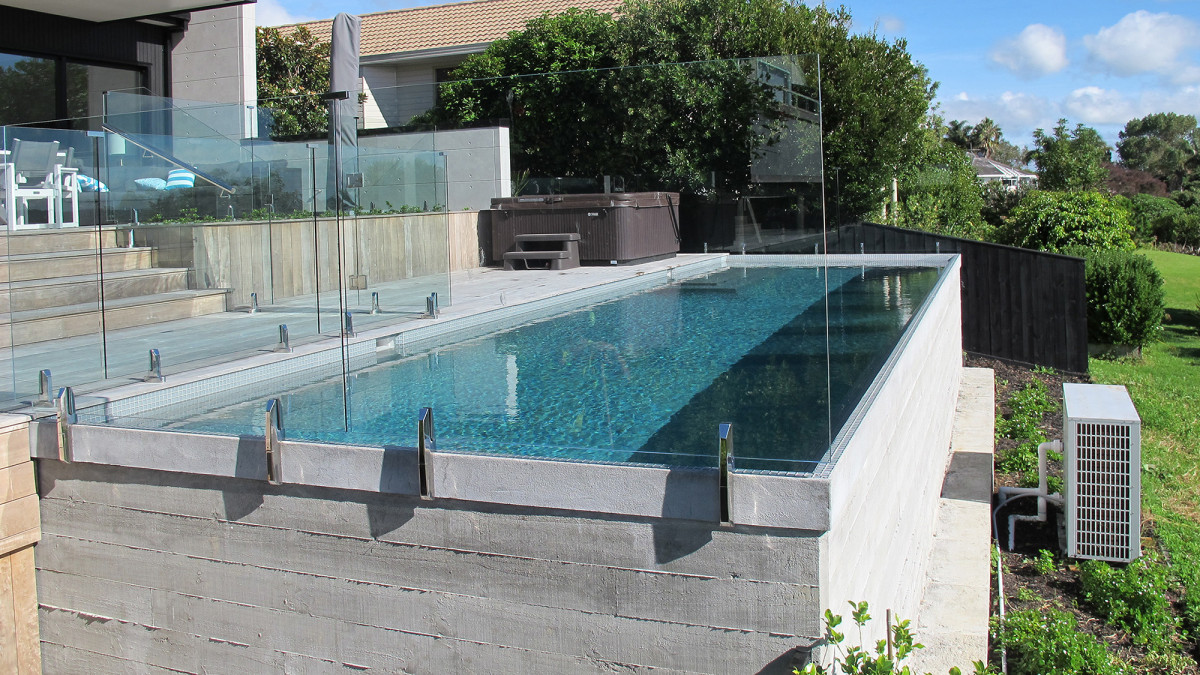
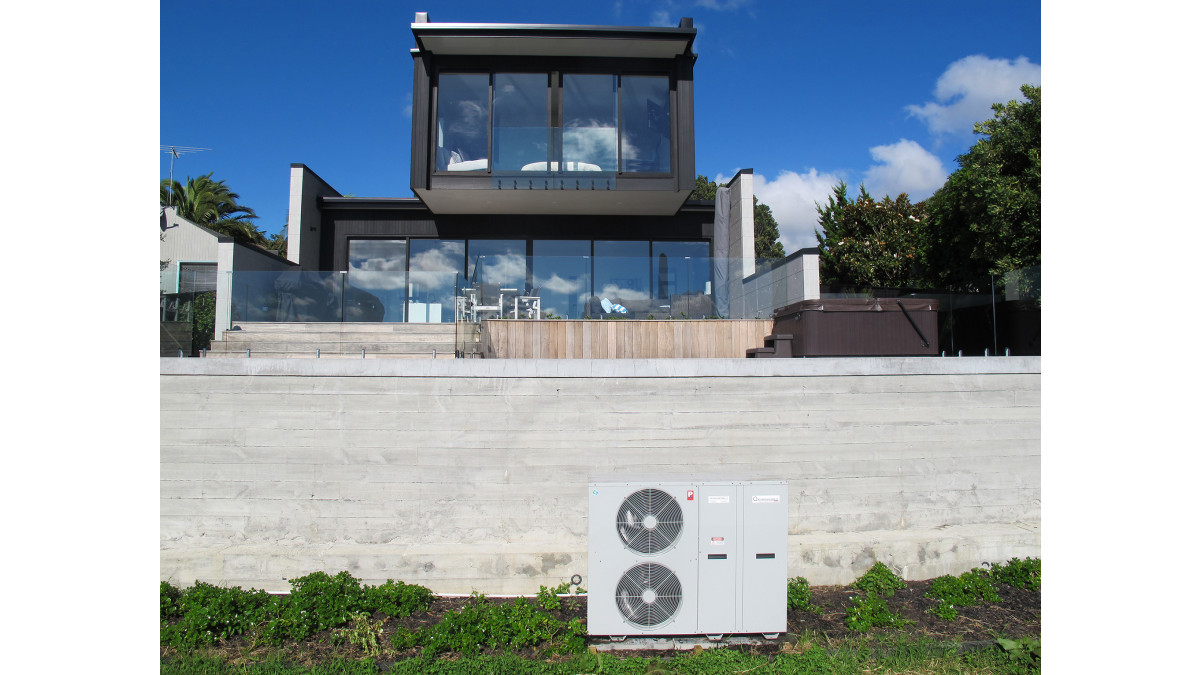
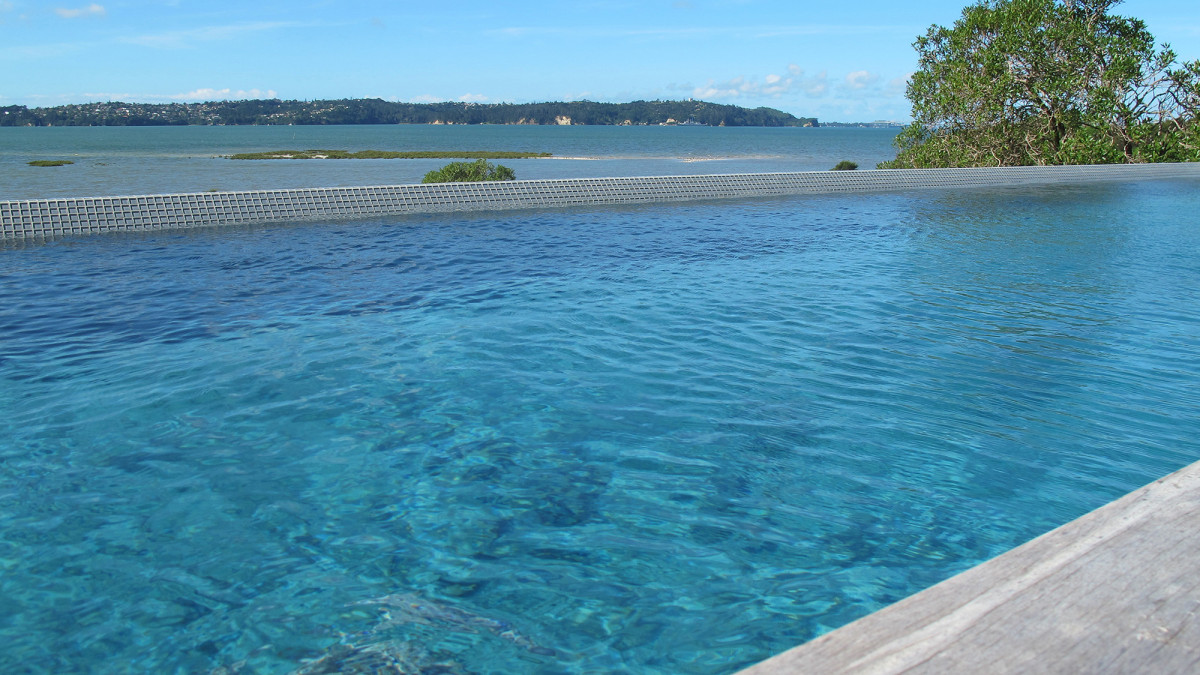




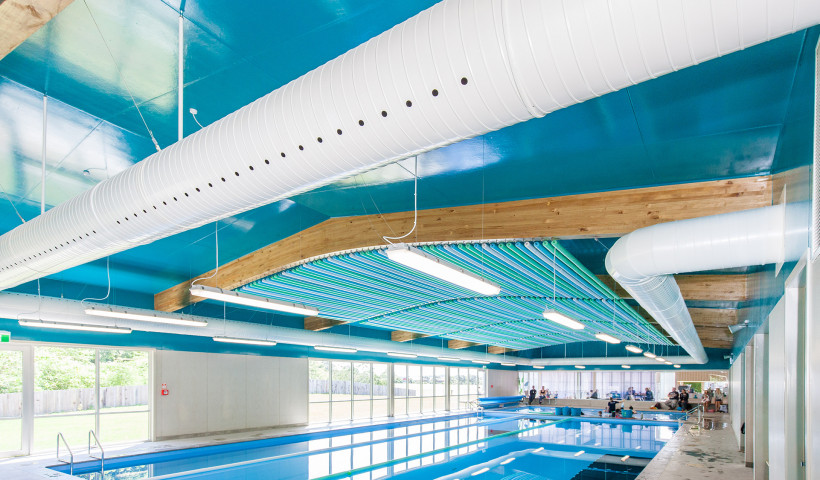

 Popular Products from Hot Water Heat Pumps
Popular Products from Hot Water Heat Pumps


 Most Popular
Most Popular


 Popular Blog Posts
Popular Blog Posts
